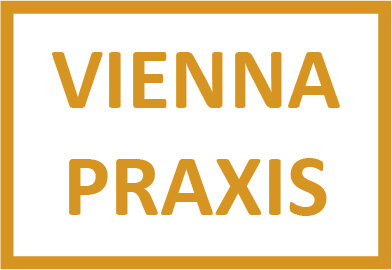OCD Treatment
Obsessive and compulsive disorder (OCD) refers to a mental health diagnosis that expresses itself in the form of repetitive thoughts or behaviors. They are characterized as unwanted, and intrusive with negative or threatening thought content.
Obsessions can be experienced as either thoughts or images that occur with a high frequency, cannot be controlled and cause intensely distressing emotions. Compulsions are the counterpart to obsessions, the person suffering from OCD engages in behavior that aims at getting rid of the obsessions or decreasing their felt distress.
What does suffering from OCD feel like?
A person suffering from OCD might be haunted by repetitive thoughts such as “If you don’t do X, something terrible might happen to your loved one.” Often there is a clinical overlay between OCD and perfectionism. The OCD mind typically demands a very rigid, prescriptive and precise execution of certain tasks.
For example, someone studying for an exam, demands of themselves to get practice questions right in a certain order or within a specific time. This self imposed rigidity is a product of their OCD. However it is experienced as an unchangeable external demand that has to be complied with at all costs.
This obsessive attitude shifts the goal from actually understanding the content of their study material to rigidly complying with a self imposed procedure. Ultimately a lot of time gets wasted for only a small output.
A person suffering from OCD might appear hard working, but often they feel very inefficient and unaccomplished.
What are some aspects of OCD?
The compulsive aspects of a clinical OCD presentation manifest in the form of significant overt compulsions that are extremely time consuming and negatively impact normal everyday functioning.
The content of these compulsions varies but often plays itself out in the domains of safety checking (stove turned off or front door locked ), an anal degree of orderliness and neatness (the suffering person becomes intensely dysregulated when objects are out of place) or organization by defined metrics (organizing tasks so that they to occur by sequence, a specific number of times or in odd or even multiples).
What is the “pure O” subtype of OCD?
The “Pure O” subtype of an OCD diagnosis refers to a person who presents with symptoms that are mainly characterized by obsessive thoughts (rather than encompassing compulsive behaviors).
This OCD variation is sometimes referred to as “hidden” OCD or “covert” compulsions. The actual compulsive behavior is not noticeable by others, but still extremely taxing for the person suffering from “Pure O”.
The compulsion has shifted to an internal state of mind and acts out in the form of involuntary “mental checking” behaviors.
If you feel that treatment for OCD or “Pure O” at Vienna Praxis could be helpful to you, feel free to contact us for a free 15 minute consultation session with one of our therapists.
